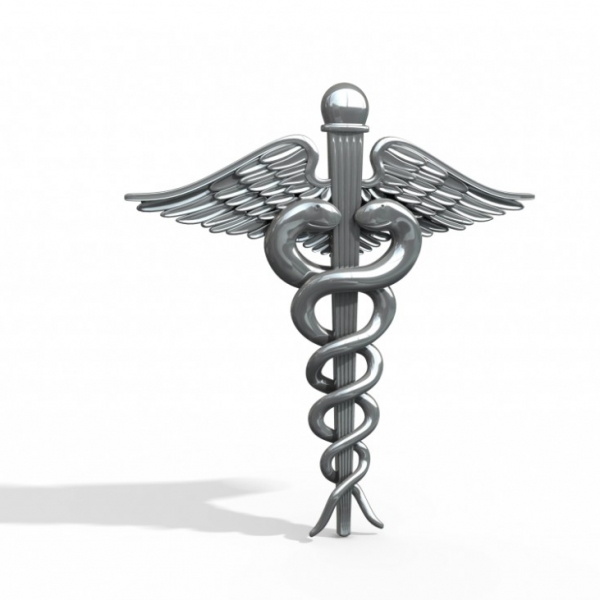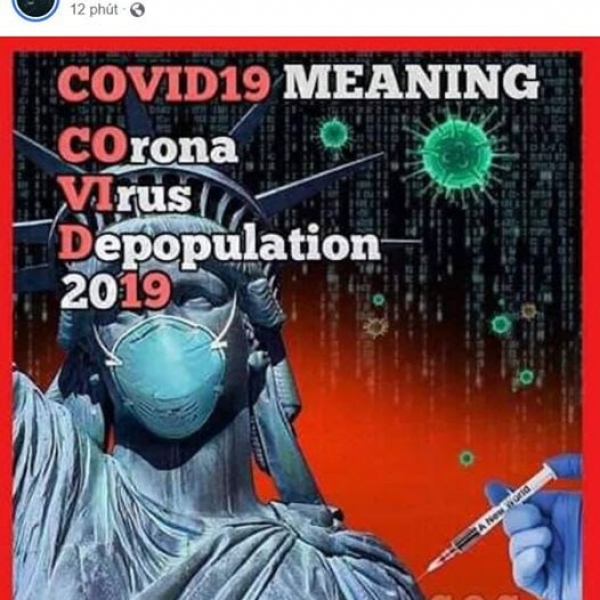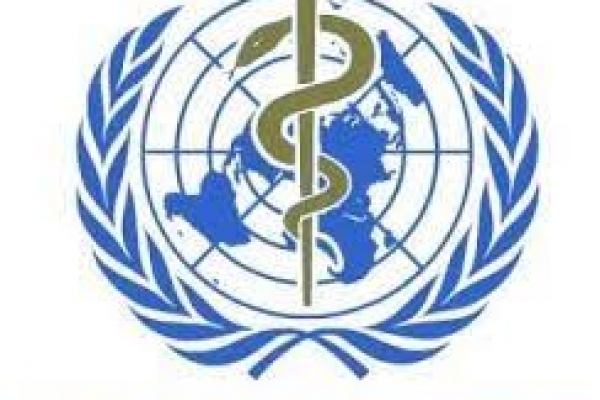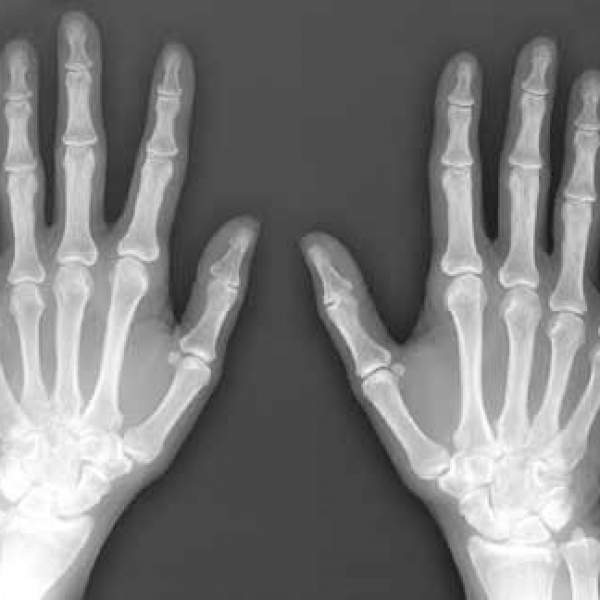Liên hệ tuyển sinh
Hợp tác Quốc tế
Sử dụng mật ong hoa tràm chiếu xạ trong điều trị loét tì đè
Nguyễn Hữu Phùng1, Trần Văn Phế2
1 Đại học Phan Châu Trinh
2 Bệnh viện C Đà Nẵng
Nội dung chính của bài viết
Tóm tắt
Mật ong có khả năng chữa lành các vết thương nhờ vào sự kết hợp của nhiều tính chất đặc biệt khác nhau như tính siêu thẩm thấu, pH thấp, tính chất kháng khuẩn peroxide và kháng khuẩn không peroxide cũng như có các chất chống oxi hóa. Mật ong có thể được sử dụng băng vết thương để kích thích làm mau lành vết thương. Mật ong đã dược sử dụng để điều trị các vết thương cấp tính và mạn tính nhiều nơi trên thế giới và Việt Nam rất có hiệu quả.
Tác giả trình bày trong báo cáo một số kinh nghiệm dùng mật ong hoa tràm được chiếu xạ (MOHTCX) để chăm sóc một số các trường hợp loét tì đè.
Chi tiết bài viết
Vui lòng truy cập tại đây .
Từ khóa
Mật ong, mật ong hoa tràm chiếu xạ, loét tỳ đè
Tài liệu tham khảo
1. Lê Quang Trung và cộng sự (2018), Nghiên cứu khả năng kháng khuẩn của mật ong bạc hà. Nông Nghiệp và Phát Triển Nông Thôn kỳ 1.6. Tr.78-84. ![]()
2. Lê Thế Trung (2005). Nghiên cứu ứng dụng mật ong trong điều trị vết thương vết bỏng Tạp chí Y học thảm hoạ và Bỏng, Số 1 (2005). tr.41-43. ![]()
3. Nguyễn Gia Tiến, Trần Ngọc Diệp (2006), Nghiên cứu tác dụng điều trị tại chố của mật ong trên vét bỏng nông do nhiệt, Tạp chí Y học thảm hoạ và Bỏng, Số 2 (2006), tr.73 - 76. ![]()
4. Nguyễn Gia Tiến và cộng sự (2007), Đánh giá tác dụng ức chế của mât ong trên vết bỏng do nhiệt, Tạp chí Y học thảm hoạ và Bỏng số 4 (2007). tr.19-21. ![]()
5. Phạm Như Quỳnh, Lưu Hoàng Bách, Vũ Thu Trang, Cung Thị Tố Quỳnh (2022), "So sánh hoạt tính kháng khuẩn của một số loại mật ong Việt Nam". Tạp chí Kiểm nghiệm và an toàn thực phẩm. Tập 5 - số 1, tr. 77-88. ![]()
6. Alzahrani, H.A.; Alsabehi, R.; Boukraâ, L.; Abdellah, F.; Bellik, Y.; Bakhotmah, B.A (2012). Antibacterial and Antioxidant Potency of Floral Honeys from Different Botanical and Geographical Origins. Molecules, 17, 10540-10549. https://doi.org/10.3390/molecules170910540. ![]()
![]()
7. Cooper, R. A., P. C. Molan, and K. G. Harding (1999), "Antibacterial activity of honey against strains of Staphylococcus aureus from infected wounds." Journal of the royal society of medicine 92.6: 283-285. ![]()
8. Efem SE. (1988), Clinical observations on the wound healing properties of honey. Br J Surg. Jul; 75(7):679-81. doi: 10.1002/bjs.1800750718. PMID: 3416123. ![]()
![]()
9. Efraim Jaul1,2*, Jeremy Barron3,4, Joshua P. Rosenzweig5 and Jacob Menczel (2018), An overview of co-morbidities and the development of pressure ulcers among older adults Jaul et al. BMC Geriatrics, 18: 305 https://doi.org/10.1186/s12877-018-0997-7. ![]()
![]()
10. Eugene G. Porreca, MD, FRCS and Gina M. Giordano-Jablon, CNA, LPN. Treatment of Severe (Stage III and IV) Chronic Pressure Ulcers Using Pulsed Radio Frequency Energy in a Quadriplegic Patient, ![]()
11. Grenda T, Grabczak M, Sieradzki Z, Kwiatek K, Pohorecka K, Skubida M, Bober A. (2018), Clostridium botulinum spores in Polish honey samples. J Vet Sci. ![]()
12. Jan Kottner, Janet Cuddigan, Keryln Carville, Katrin Balzer, Dan Berlowitz, Susan Law, Mary Litchford, Pamela Mitchell, Zena Moore, Joyce Pittman, Dominique Sigaudo-Roussel, Chan Yee Yee, Emily Haesler Prevention Treatment of pressure ulcers/injuries: The protocol for the second update of the international Clinical Practice Guideline ![]()
13. Jelena Éivkovi, Slavica Sunari, Nemanja Stankovi, Tatjana Mihajilov-Krstev And Ana Spasi Total Phenolic And Flavonoid Contents, Antioxidant and Antibacterial Activities Of Selected Honeys Against Human Pathogenic Bacteria Acta Poloniae Pharmaceutica ñ Drug Research, Vol. 76 No. 4 pp. 671ñ681, 2019 ISSN 0001-6837 DOI: 10.32383/appdr/105461 ![]()
14. Kwakman PH, Te Velde AA, de Boer L, Vandenbroucke-Grauls CM, Zaat SA. (2011), Two major medicinal honeys have different mechanisms of bactericidal activity. PLoS One. Mar 4;6(3): e17709. doi: 10.1371/journal.pone.0017709. PMID: 21394213; PMCID: PMC3048876. ![]()
![]()
15. Mandal MD, Mandal S. (2011), Honey: its medicinal property and antibacterial activity. Asian Pac J Trop Biomed. Apr;1(2):154-60. doi: 10.1016/S2221-1691(11) 60016-6. PMID: 23569748; PMCID: PMC3609166. ![]()
![]()
16. Molan PC. (1992), The antibacterial nature of honey. The nature of the antibacterial activity. Bee World; 73:5-28. [Google Scholar]) ![]()
17. Molan P.C. (2006), The evidence supporting the use of honey as a wound dressing The International Journal of Lower Extremity Wounds April 5(1):40-54 DOI:10.1177/1534734605286014). ![]()
18. Molan P, Rhodes T. (2015), Honey: A Biologic Wound Dressing. Wounds jun:27(6):141-51 PMID: 2606148. ![]()
19. Ng WJ, Lim MS. (2015), Anti-staphylococcal activity of melaleuca honey. Southeast Asian J Trop Med Public Health. May;46(3):472-9. PMID: 26521521. ![]()
20. Olaitan PB, Adeleke OE, Ola IO. (2007), Honey: a reservoir for microorganisms and an inhibitory agent for microbes. Afr Health Sci. Sep;7(3):159-65. doi: 10.5555/afhs.2007.7.3.159. PMID: 18052870; PMCID: PMC2269714. ![]()
![]()
21. Papanikolaou GE, Gousios G, Cremers NAJ. (2023), Use of Medical-Grade Honey to Treat Clinically Infected Heel Pressure Ulcers in High-Risk Patients: A Prospective Case Series. Antibiotics (Basel). Mar 17;12 (3):605. doi: 10.3390/antibiotics12030605. PMID: 36978472; PMCID: PMC10044646. ![]()
![]()
22. Postmes T, van den Bogaard AE, Hazen M. ( 1995). The sterilization of honey with cobalt 60 gamma radiation: a study of honey spiked with spores of Clostridium botulinum and Bacillus subtilis. Experientia. Sep 29;51(9-10):986-9. doi: 10.1007/BF01921753. PMID: 7556583. ![]()
![]()
23. Putri Shuhaili S, Haszianaliza H, Muhammad Fairuz A, Zar Gelam (2016), Honey: A Review of Its Antioxidant, Antiinflammatory, Anticancer and Wound Healing Aspects Med & Health; 11(2): 105-116 https://doi.org/10.17576/MH.2016.1102.01 ![]()
![]()
24. Saba Zuhair Hussein , Kamaruddin Mohd Yusof, Suzana Makpol and Yasmin Anum Mohd Yusof, Antioxidant Capacities and Total Phenolic Contents Increase with Gamma Irradiation in Two ![]()
25. Scepankova H, Combarros-Fuertes P, Fresno JM, Tornadijo ME, Dias MS, Pinto CA, Saraiva JA, Estevinho LM. (2021), Role of Honey in Advanced Wound Care. Molecules. Aug 7;26(16):4784. doi: 10.3390/molecules26164784. PMID: 34443372; PMCID: PMC8398244. ![]()
![]()
26. Simon A, Traynor K, Santos K, Blaser G, Bode U, Molan P. (2009), Medical honey for wound care--still the 'latest resort'? Evid Based Complement AlternatMed.;6(2):165-73. doi: 10.1093/ecam/nem175. [PMC free article] [PubMed] [CrossRef] [Google Scholar] ![]()
![]()
27. Syed Ahmad Tajudin Tuan Johari, Fatimah Hashim, Wan Iryani Wan Ismail, Abdul Manaf Ali2 (2019), A review on biological activities of Gelam honey Journal of Applied Biology & Biotechnology Vol. 7(01), pp. 71-78, January-February. ![]()
28. Tashkandi H. (2021), Honey in wound healing: An updated review. Open Life Sci. Oct 6;16(1):1091-1100. doi: 10.1515/biol-2021-0084. PMID: 34708153; PMCID: PMC8496555 ![]()
![]()
29. Van der Veer, W.M.; Bloemen, M.C.; Ulrich, M.M.; Molema, G.; van Zuijlen, P.P.; Middelkoop, E.; Niessen, F.B. (2009), Potential cellular and molecular causes of hypertrophic scar formation. Burns, 35, 15-29. [Google Scholar] [CrossRef] [PubMed] ![]()
30. Wong JK, Amin K, Dumville JC. (2016), Reconstructive surgery for treating pressure ulcers. Cochrane Database Syst Rev. Dec 6;12(12):CD012032. doi: 10.1002/14651858.CD012032.pub2. Update in: Cochrane Database Syst Rev. 2022 Oct 13;10:CD012032. PMID: 27919120; PMCID:.) ![]()
![]()
31. Yusof, Norimah ;Ainul Hafiza, A. H. ;Zohdi, Rozaini M. ;Bakar, Md Zuki A. development of honey hydrogel dressing for enhanced wound ![]()
32. Zainol MI, Mohd Yusoff K, Mohd Yusof MY. (2013), Antibacterial activity of selected Malaysian honey. BMC Complement Altern Med. Jun 10;13:129. doi: 10.1186/1472-6882-13-129. PMID: 23758747; PMCID: PMC3716576. ![]()
![]()
Các tin khác
- Cụ bà 88 tuổi ở CH Czech “chết đi sống lại” ( 08:12 - 05/06/2025 )
- Mỹ thực hiện thành công ca ghép bàng quang đầu tiên trên người ( 07:39 - 21/05/2025 )
- Tuổi tác 'vắt kiệt' cơ thể thế nào? ( 07:31 - 14/01/2025 )
- Trồng cây thải hơn 600.000 tấn nilon, bao bì thuốc bảo vệ thực vật ( 07:34 - 10/01/2025 )
- Ánh đèn laser trên sân khấu chiếu thủng mắt chàng trai ( 08:26 - 09/01/2025 )
- Hệ thần kinh ruột hay được gọi là bộ não thứ hai ( 08:23 - 06/12/2024 )
- VẬN DỤNG KINH NGHIỆM QUỐC TẾ TRONG GIÁO DỤC Y KHOA: MỘT SỐ CHIA SẼ CỦA TRƯỜNG ĐẠI HỌC VINUNI ( 14:18 - 11/09/2024 )
- ĐỔI MỚI ĐÀO TẠO TRONG LĨNH VỰC SỨC KHỎE ( 13:30 - 11/09/2024 )
- Is Your Patient Too Old for a Colonoscopy? ( 07:36 - 28/08/2024 )
- Tại sao ung thư ở Việt Nam tăng? ( 16:30 - 15/06/2024 )
















